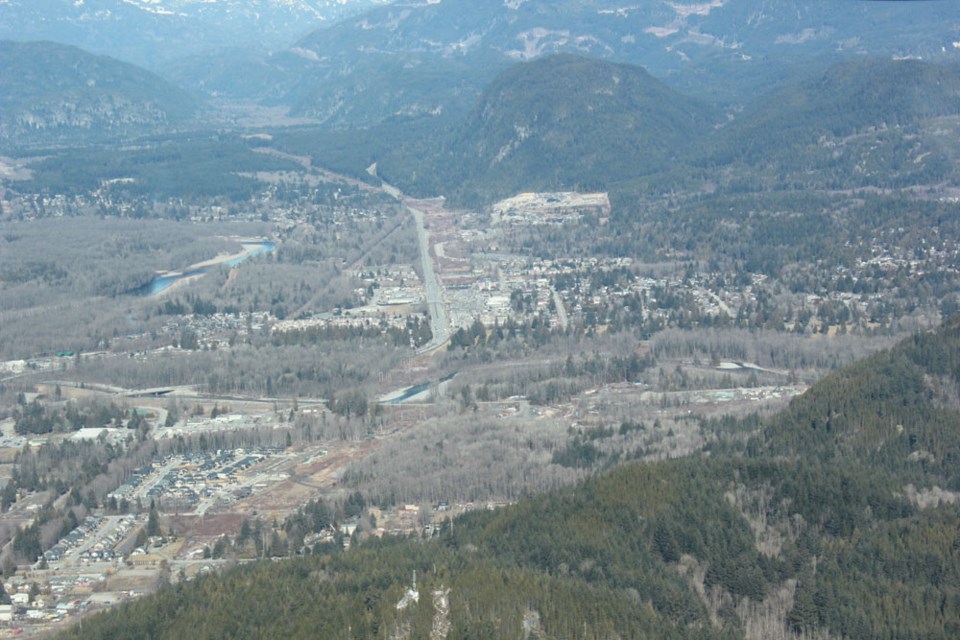Squamish has found itself at the bottom of the list for population growth in B.C. between 2018 and 2019 — but while these numbers show a decrease, Statistics Canada analysts recommend looking at the long-term trends.
"Over the most recent last three years, preliminary estimates show that Squamish's population fluctuated up and down, to 20,404 in 2019." Patrick Charbonneau, a senior analyst for Statistics Canada's centre for demography, told The Chief.
This count does not include individuals living on reservations.
Looking at the stats that include local reservations, there is still a decrease in 2019, when the total population was 20,819, including the Kowtain, Stawamus, Waiwakum and Yekwaupsum reserves.
"These latest trends should, however, be interpreted with caution, as the data is still preliminary and will be revised in the future, in accordance with the usual revision process in place at Statistics Canada's Centre for Demography."
According to the population estimates from BC Stats released on Jan. 24, there were 614 fewer people in Squamish between 2018 and 2019, a -2.9% decline in population from the year before. In the British Columbia population estimates covering municipal and sub-provincial areas from 2011 to 2019, Squamish is the only area that saw a decrease in population in 2019.
The Squamish Lillooet Regional District also saw a decrease in population, by -0.6%.
The last census, from 2016, showed a 13.8% growth between 2011 and 2016 — giving Squamish the title of the sixth fastest-growing community in Canada that year with a high of 20,791.
Both 2018 and 2017 also saw slight decreases. Before then, the population had been increasing. In 2015, Squamish saw the highest increase out of the B.C. municipal and sub-provincial areas, with a 5.1% increase compared to the year before.
Change in methodology
This is the first population estimate in B.C. using both BC Stats and Statistics Canada data. Charbonneau said the change is because Statistics Canada improved its methodology for municipal-level population estimates.
"I would say it doesn't reflect what we're seeing on the ground here," said Mayor Karen Elliott.
"I don't have a high degree of confidence in those numbers, given that our vacancy rate hasn't shifted, we continue to see new business growth, the real estate market hasn't had a significant downturn here, childcare availability is still an issue, development continues and we know that there's been non-market growth in our B.C. Assessment tax roll as well," she added. "So all the other indicators that we would look at about whether growth is happening is still showing that we're a community experiencing growth, not one that is seeing that kind of outward migration. I guess my takeaway is that we really have to wait until the next census."
Charbonneau said the analysts measure the increase in population of usual residents by calculating growth rates based on administrative files including taxes. More transient people, such as tourists or perhaps vanlifers are not captured in the estimate.
Comparing Squamish
"In Greater Vancouver, the municipalities with the strongest population growth were often among those located further away from the central city. The suburban municipalities of Surrey (584,526 persons), New Westminster (79,737) and Langley (district municipality) (130,924) all recorded annual population growth rates above 2.0% over the last three years," Charbonneau wrote in an email to The Chief.
Outside of Greater Vancouver, Whistler saw the largest recent population growth, followed by Chilliwack and Abbotsford, with growth rates above 2%.
Municipalities with similar sizes to Squamish either showed population declines or no growth.




